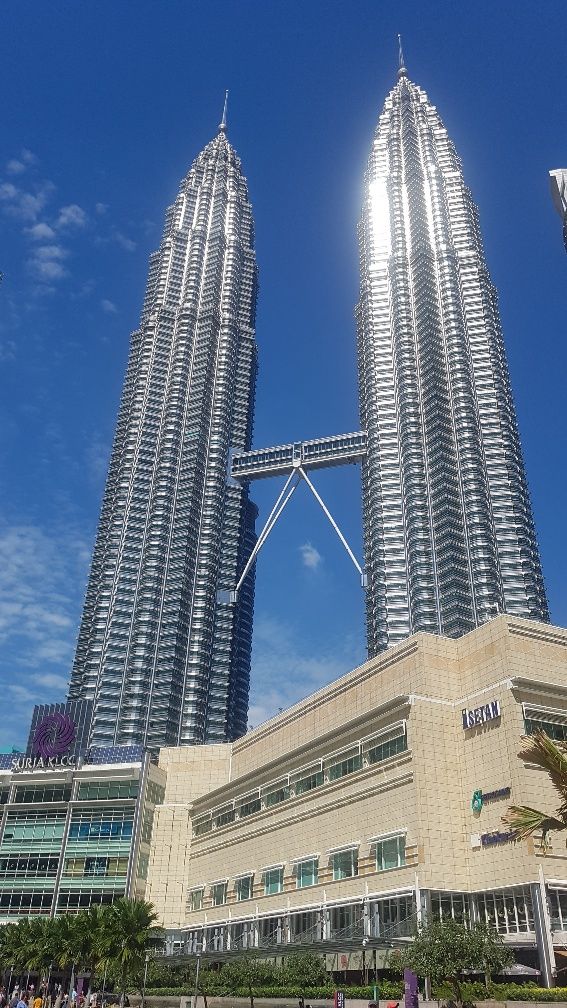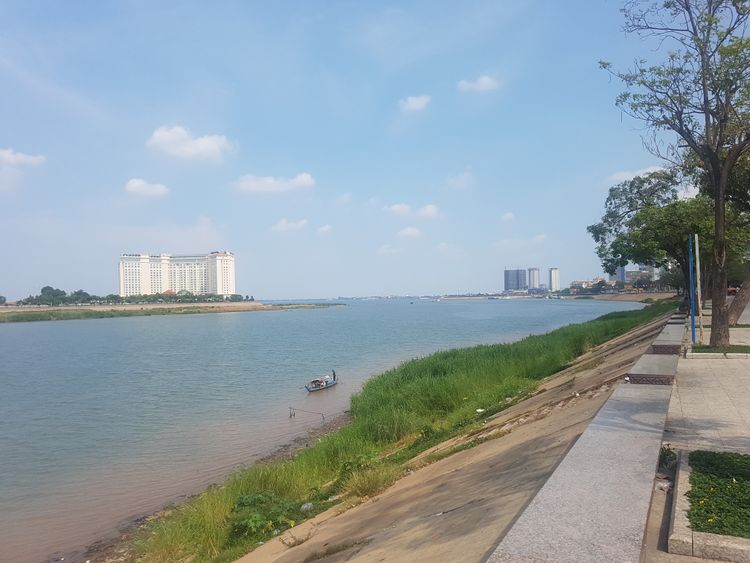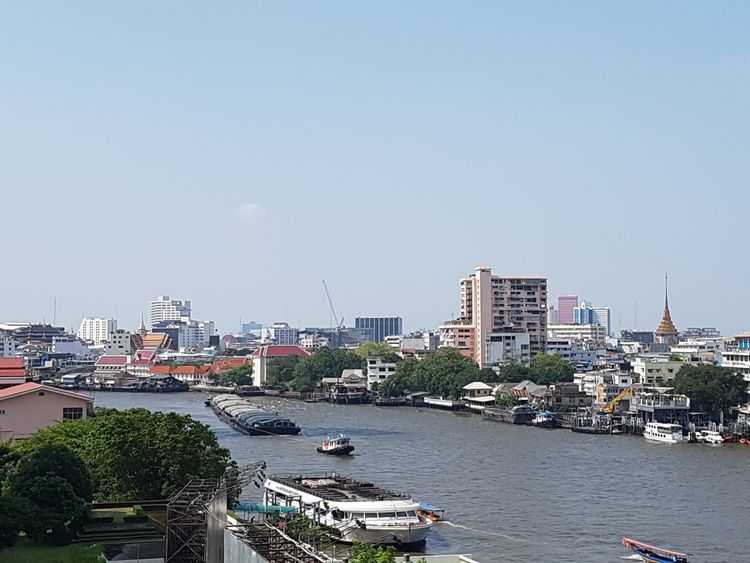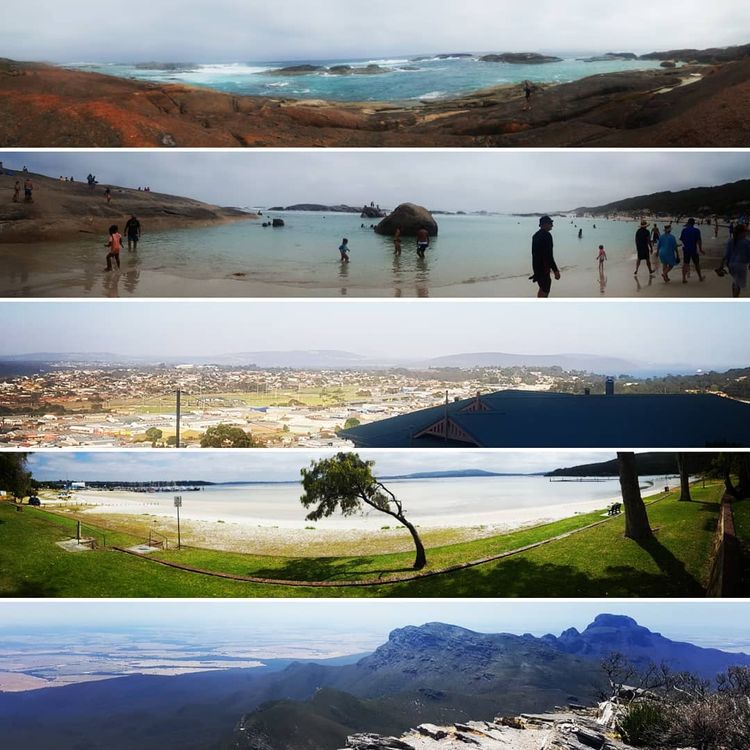Che Figata Italia - Part II
Rome (Roma),
situated on the banks of the Tiber River, The founding of Rome can be investigated through archaeology, but traditional stories handed down by the ancient Romans themselves explain the earliest history of their city in myth. The most familiar of these myths and perhaps the most famous tale of all Roman mythology, is the story of Romulus and Remus; the twins who were suckled and raised by a she-wolf. They were abandoned at birth on the banks of the River Tiber. Servants came across them, who took pity on the infants despite orders. The twins were nurtured by a she-wolf until a shepherd named Faustulus found the boys and took them in as his sons. Romulus & Remus decided to establish a city; however, they argued and Romulus ended up killing his brother, Remus. Thus, Rome began with a fratricide, a story that was later taken to represent the city's history of internal political strife and bloodshed.
The Colosseum or Coliseum is an oval-shaped amphitheatre in the centre of the city of Rome, Italy. Built of concrete and sand it still remains the largest amphitheatre ever built during that era. The Colosseum is situated just east of the Roman Forum, with its construction beginning in AD 72 under the emperor Vespasian and was completed in AD 80 under his heir Titus. The Colosseum could hold, between 50,000 and 80,000 spectators on an estimate, and having an average audience of some 65,000. The Colosseum was used for gladiatorial contests, public spectacles such as mock sea battles, animal hunts, executions, re-enactments of famous battles, and dramas based on mythology. The building ceased to be used for entertainment in the early medieval era.
The Spanish Steps are a set of steps in Rome, Italy, climbing between a steep slope adjoining the Piazza di Spagna (Spanish plaza) and Piazza Trinità dei Monti. The monumental stairway of 135 steps was built by French diplomat Étienne Gueffier’s bequeathed funds of 20,000 scudi between the years of 1723–1725. The 1953 film Roman Holiday, starring Audrey Hepburn and Gregory Peck, made the Spanish Steps famous to the American audience. If you are chasing traditional English tea, then Babington's tea room, established in 1893 is at the foot of the Spanish Steps in the Piazza di Spagna.
The Pantheon is a former Roman temple, now a church built on the site of an earlier temple commissioned by Marcus Agrippa during the reign of Augustus (27 BC – 14 AD). The present building was completed by the emperor Hadrian in around 126 AD. The building is circular with a portico of large granite Corinthian columns. A rectangular vestibule links the porch to the rotunda, which is under a coffered concrete dome, with a central opening - oculus, to the sky. Almost two thousand years after it was built, the Pantheon's dome is still the world's largest unreinforced concrete dome.
The Trevi Fountain is a fountain, designed by Italian architect Nicola Salvi and completed by Pietro Bracci. The fountain stands 26.3 metres tall and 49.15 metres wide, making it the largest Baroque fountain in the city and one of the most famous fountains in the world. The fountain has appeared in several notable films, including Federico Fellini's La Dolce Vita. Legend holds that in 19 BC thirsty Roman soldiers were guided by a young girl to a source of pure water 13 kms from the city of Rome. The discovery of the source led Augustus to commission the construction of a twenty-two-kilometre aqueduct leading into the city, which was named Aqua Virgo, or Virgin Waters, in honour of the legendary young girl. The aqueduct served the hot Baths of Agrippa and Rome, for over four hundred years.
So everyone knows that there is a long-standing tradition about throwing coins in the Trevi Fountain – spend a few minutes watching people at the fountain and you’ll see that this is the main reason many people stop by. The original legend says that if you throw a coin into the Trevi – with your back to the fountain, throwing the coin with your right hand over your left shoulder – that will ensure a return to Rome. Perhaps thanks in part to the film “Three Coins in the Fountain,” a newer story also routinely makes the rounds that says throwing one coin means a return to Rome, a second coin leads to a new romance, and a third coin leads to marriage.
The Roman Forum is a rectangular forum surrounded by the ruins of several important ancient government buildings at the geographical center of the city of Rome. Citizens of the ancient city referred to this space, originally a marketplace, as the Forum Magnum, or simply the Forum. It was for centuries the center of Roman public life: the site of precessions and elections; a venue for public speeches, criminal trials, and gladiatorial matches; and the site of commercial affairs.
The teeming heart of ancient Rome, it has been called the most celebrated meeting place in the world, and quite possibly in all history. Located in the small valley between the Palatine and Capitoline Hills, the Forum today is a sprawling ruin of architectural fragments and intermittent archaeological excavations attracting 4.5 million tourists yearly. Many of the oldest and most important structures of the ancient city were located on or near the Forum.
The Altare della Patria also known as the Monumento Nazionale, is a monument built in honor of Victor Emmanuel, the first king of a unified Italy, located in Rome, Italy. It occupies a site between the Piazza Venezia and the Capitoline Hill.The structure was designed by Giuseppe Sacconi in 1885; sculpture for it was parceled out to established sculptors all over Italy, such as Leonardo Bistolfi and Angelo Zanelli.
The Vittoriano features stairways, Corinthian columns, fountains, an equestrian sculpture of Victor Emmanuel and two statues of the goddess Victoria riding on quadrigas. The structure is 135 m wide and 70 m tall. If the quadrigae and winged victories are included, the height reaches 81 m (266 ft). The base of the structure houses the museum of Italian Unification. In 2007, a panoramic lift was added to the structure, allowing visitors to ride up to the roof for 360-degree views of Rome.
Piazza Venezia is the central hub of Rome, it takes its name from the Palazzo Venezia, built by the Venetian Cardinal, alongside the church of Saint Mark, the patron saint of Venice. The Palazzo Venezia served as the embassy of the Republic of Venice in Rome. One side of the Piazza is the site of Italy's Tomb of the Unknown Soldier in the Altare della Patria, part of the Monument to Vittorio Emanuele II, first king of Italy. The piazza or square is at the foot of the Capitoline Hill and next to Trajan's Forum.
Vatican City
Vatican City officially Vatican City State or the State of Vatican City is a walled enclave within the city of Rome. With an area of approximately 44 hectares, and a population of 842, it is the smallest state in the world by both area and population.
Since the return of the Popes from Avignon in 1377, they have generally resided at the Apostolic Palace within what is now Vatican City. The independent city-state, came into existence in 1929 by the Lateran Treaty between the Holy See and Italy, which spoke of it as a new creation, not as a vestige of the much larger Papal States (756–1870), which had previously encompassed much of central Italy. According to the terms of the treaty, the Holy See has "full ownership, exclusive dominion, and sovereign authority and jurisdiction" over the city-state. Within Vatican City are religious and cultural sites such as St. Peter's Basilica, the Sistine Chapel and the Vatican Museums. They feature some of the world's most famous paintings and sculptures. The unique economy of Vatican City is supported financially by the sale of postage stamps and tourist mementos, fees for admission to museums, and the sale of publications.
The Sistine Chapel is a chapel in the Apostolic Palace, the official residence of the Pope. Originally known as the Cappella Magna, the chapel takes its name from Pope Sixtus IV, who restored it between 1477 and 1480. Since that time, the chapel has served as a place of both religious and functionary papal activity. Today it is the site of the Papal conclave, the process by which a new pope is selected.
The Papal Basilica of St. Peter, is an Italian Renaissance church in Vatican City, the papal enclave within the city of Rome. Designed principally by Donato Bramante, Michelangelo, Carlo Maderno and Gian Lorenzo Bernini, St. Peter's is the most renowned work of Renaissance architecture and the largest church in the world.




